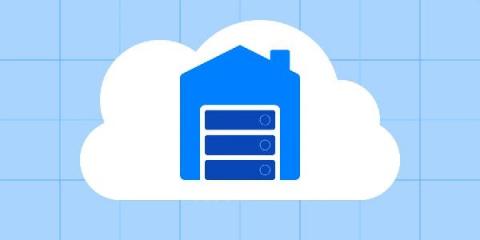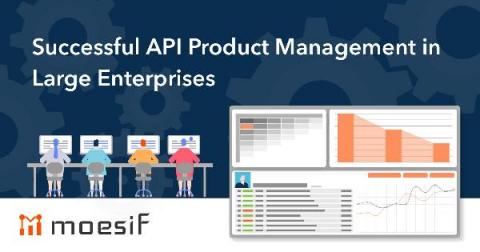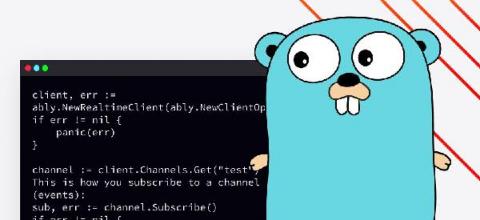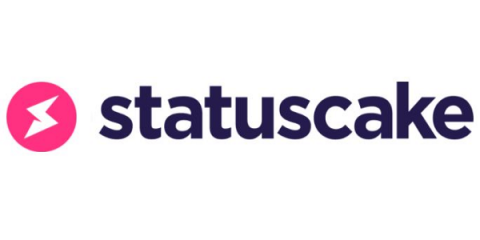You're Not the Only One With Data Problems
I’ve met with lots of customers and prospects throughout my career. And, I’ve noticed that, when I’ve asked them to describe their current software situation, many would say the same things. “We should have updated this a long time ago.” “It’s embarrassing how long it takes to do a simple task.” “I bet other companies stopped doing things like this years ago.”











